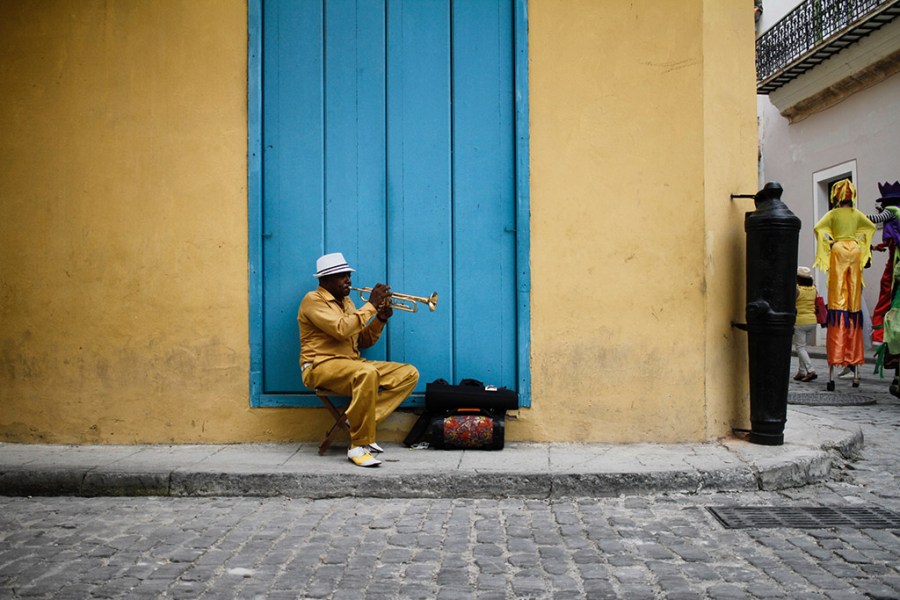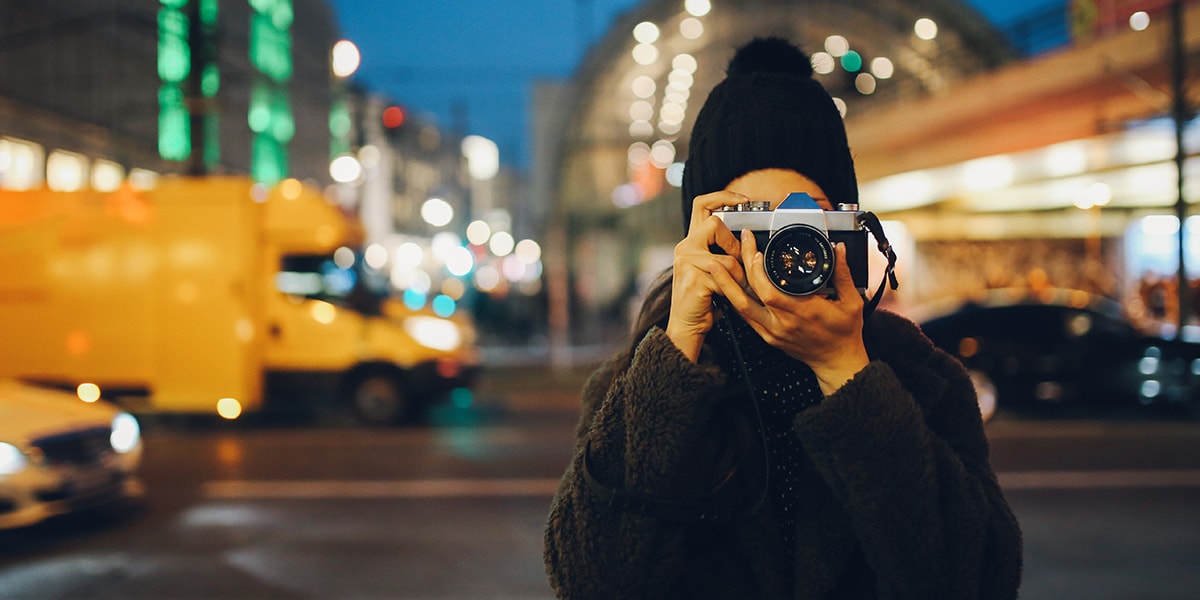Not known Details About Street Photographers
Table of ContentsThe Only Guide to Street PhotographersThe Of Street PhotographersIndicators on Street Photographers You Need To KnowGetting My Street Photographers To WorkStreet Photographers Can Be Fun For Anyone
Road professional photographers do not always have a social objective in mind, yet they prefer to isolate and record minutes which may otherwise go unnoticed.Though he was influenced by a number of those who influenced the street photographers of the 1950s and '60s, he was not mainly thinking about recording the spirit of the road. The impulse to visually document people in public started with 19th-century painters such as Edgar Degas, douard Manet, and Henri de Toulouse-Lautrec, that worked side by side with digital photographers trying to record the significance of urban life.
Due to the fact that of the comparatively primitive innovation readily available to him and the lengthy direct exposure time needed, he battled to capture the stress of the Paris roads. He explored with a series of photographic methods, attempting to find one that would allow him to record activity without a blur, and he located some success with the calotype, patented in 1841 by William Henry Fox Talbot. As opposed to Atget, professional photographer Charles Marville was employed by the city of Paris to create an encyclopaedic document of Haussmann's urban planning job as it unfolded, therefore old and new Paris. While the photographers' subject was essentially the very same, the outcomes were noticeably various, showing the effect of the professional photographer's intent on the character of the photos he generated.
How Street Photographers can Save You Time, Stress, and Money.
Offered the great top quality of his photos and the breadth of product, designers and musicians often purchased Atget's prints to use as recommendation for their own job, though business passions were barely his primary motivation. Rather, he was driven to photo every last remnant of the Paris he enjoyed.

Unlike his peers, Brassa made use of a larger-format Voigtlnder video camera with a longer direct exposure time, forcing him to be more computed and thoughtful in his method than he might have been if making use of a Leica. (It this website is believed that he might not have had the ability to manage a Leica back then, yet he did, nevertheless, make use of one in the late 1950s to take colour pictures.) Brassa's photographs of the Paris underworld brightened by artificial light were a discovery, and the compilation of the collection that he published, (1933 ), was a major success.

The Basic Principles Of Street Photographers
It is as a result read of this basic understanding of the art of picture taking that he is often attributed with rediscovering the medium all over once again approximately a century considering that its development. He took pictures for more than a half century and influenced generations of photographers to trust their eye and instinct in the moment.
These are the concerns I shall attempt to answer: And after that I'll leave you with my very own meaning of road digital photography. Yes, we do. Let's begin with defining what a definition is: According to it is: "The act of specifying, or of making Street Photographers something guaranteed, unique, or clear".
No, certainly not. The term is both restricting and misdirecting. Seems like a street photography must be pictures of a roads best?! And all road photographers, other than for a small number of outright beginners, will totally value that a street is not the essential part to street photography, and actually if it's an image of a street with maybe a couple of boring individuals not doing anything of passion, that's not street photography that's a photo of a road.
Street Photographers - Truths
He makes a valid point don't you assume? Nevertheless, while I concur with him I'm not exactly sure "honest public digital photography" will certainly catch on (although I do type of like the term "honest photography") since "road photography" has been around for a lengthy time, with many masters' names affixed to it, so I believe the term is below to remain.
Inside?! I hear you yell as you tremble your clenched fist to the skies. Why not? You can fire at the coastline, at an event, in a street, in a park, in a piazza, in a coffee shop, at a gallery or art gallery, in a city station, at an occasion, on a bridge, under a bridge ...
Yes, I'm terrified we have no choice! Without rules we can not have a meaning, and without a definition we do not have a style, and without a category we don't have anything to define what we do, therefore we are embeded a "rules interpretation genre" loop! And no-one desires to obtain embeded a loophole. - Street Photographers
